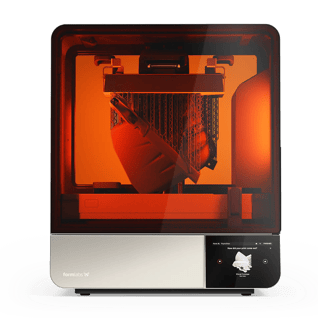Fill out the form with your application and requirements and we will find the right product for your needs or continue scrolling for the Product Catalog.


NEW FormLabs Form 4L - BIG Parts, Blazing Fast. Order Yours Today!

The Scala Penetrometer was developed by A. J. Scala, who presented his first paper at the Second Australia-New Zealand Soil Mechanics Conference in 1956. His aim was to develop a simple in-situ test for pavement subgrade which would have good correlation with California Bearing Ratio, CBR.
Since then this test method has become very popular: the Country Roads Board (Victoria) in Australia produced Test Method CRB 402.01, and Standards New Zealand produced NZS 4402 Test 6.5.2:1998.
In addition the Building Research Association of New Zealand Information Bulletin 212, Feb 1979 explains the use of the Scala Penetrometer to establish whether the safe bearing pressure of the soil under a light building is adequate. This paper is based on the work of M. J. Stockwell from the Christchurch City Council, reported in his article Determination of Allowable Bearing Pressure Under Small Structures published in NZ Engineering, June 1977.
The result of all this work is that the Scala Penetrometer is now widely used in foundation checking for small buildings and in road construction. The initial research focused on clays and silty clays but further work has extended its usefulness to sands as well.
The most significant disadvantage is that, with the penetrometer relying on impact to drive the cone, under heavy use parts can wear or break and need to be replaced.
It therefore pays to have spares of critical components so that testing can continue in the event of a failure.
Also, the penetrometer parts can be saved from unnecessary wear if operators use a penetrometer extractor instead of using the weight to back-hammer the probe out of the ground.